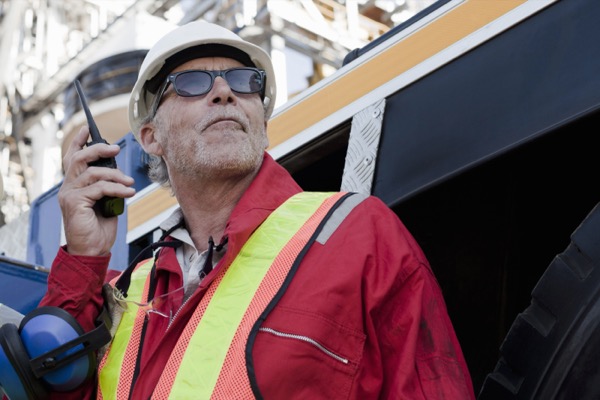Introduction
Machine guarding is a crucial aspect of workplace safety that aims to protect employees from hazards associated with machinery and equipment. Proper machine guarding helps prevent injuries, minimize risks, and enhance overall safety in the workplace. This article provides an in-depth understanding of machine guarding, its importance, and strategies for implementing effective guarding measures to ensure a safe working environment.
The Importance of Machine Guarding
Machine guarding plays a vital role in safeguarding employees and preventing accidents in the workplace. Here are key reasons why machine guarding is important:
- Injury Prevention: Machine guarding acts as a physical barrier between employees and hazardous machine components, reducing the risk of injuries such as amputations, fractures, lacerations, and crushing incidents. By preventing direct contact with moving parts, guards minimize the potential for severe accidents.
- Compliance with Regulations: Machine guarding is often mandated by occupational safety and health regulations and standards. Employers must comply with these requirements to ensure a safe working environment and avoid penalties or legal consequences.
- Risk Mitigation: Machine guarding helps identify and control potential risks associated with machinery, such as entanglement, ejection of materials, electrical hazards, or exposure to harmful substances. Implementing effective guarding measures mitigates these risks and creates a safer workplace.
- Enhanced Productivity: Providing adequate machine guarding reassures employees that their safety is a priority. This promotes a positive work environment, increases employee morale, and enhances productivity by minimizing work-related accidents and disruptions.
Strategies for Implementing Effective Machine Guarding
To ensure effective machine guarding and enhance workplace safety, the following strategies should be considered:
- Risk Assessment: Conduct a thorough risk assessment to identify potential hazards associated with each machine or equipment. Evaluate the types of hazards, the likelihood of occurrence, and the potential severity of injuries. This assessment forms the basis for determining appropriate guarding measures.
- Selection of Guards: Select the appropriate type of guards based on the identified hazards. Guards can include barrier guards, fixed guards, interlocking guards, presence-sensing devices, or two-hand controls. Consider the specific machine and its operation when choosing guards, ensuring they effectively prevent access to hazardous areas.
- Proper Installation and Maintenance: Ensure that guards are installed properly and securely to provide effective protection. Regular inspections and maintenance of guards are necessary to identify any damage, wear, or deterioration that may compromise their effectiveness. Promptly repair or replace damaged guards to maintain their integrity.
- Employee Training and Awareness: Train employees on the importance of machine guarding, how to identify potential hazards, and safe work practices when operating machinery. Foster a culture of awareness, encouraging employees to report any guarding deficiencies or concerns. Regularly reinforce training to keep safety at the forefront of employees’ minds.
- Regular Inspections and Audits: Conduct routine inspections and audits to assess the effectiveness of machine guarding. This involves checking guards for any damage, ensuring they are correctly positioned, and verifying their compliance with safety standards. Address any identified issues promptly to maintain a safe work environment.
- Documentation and Record-keeping: Maintain proper documentation of machine guarding activities, including risk assessments, installation records, maintenance logs, and employee training records. This documentation helps demonstrate compliance with regulations and serves as a reference for future audits and improvements.
- Continuous Improvement and Adaptation: Stay updated on industry best practices, technological advancements, and regulatory changes related to machine guarding. Continuously evaluate and improve guarding measures to address emerging risks or enhance existing safeguards. Regularly communicate with employees to gather feedback and suggestions for improving machine guarding practices.
Conclusion
Machine guarding is a fundamental element of workplace safety, ensuring the protection of employees and minimizing risks associated with machinery and equipment. By implementing effective machine guarding strategies, employers can prevent injuries, comply with regulations, mitigate risks, and create a safer work environment. Through risk assessments, proper guard selection and installation, employee training, regular inspections, documentation, and a commitment to continuous improvement, organizations can prioritize machine guarding as a key component of their safety programs. Ultimately, a comprehensive approach to machine guarding enhances workplace safety, boosts employee confidence, and contributes to a culture of well-being and productivity.







